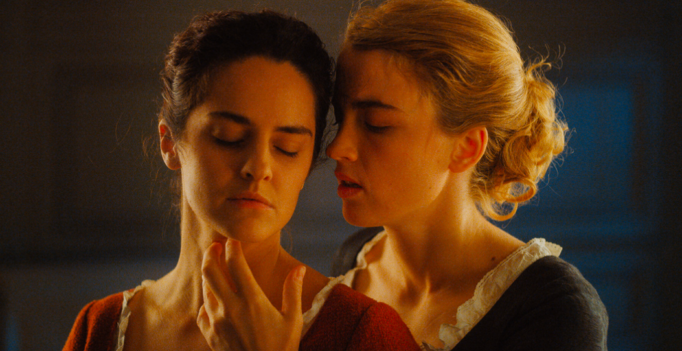Céline Sciamma’s highly acclaimed drama Portrait of a Lady on Fire is visceral filmmaking at its most eloquent. So much of this period piece hinges on textures, sights, and sounds to make the audience believe that we’re living through someone’s romantic memories.
That “someone” is Marianne (Noémie Merlant), a artist who is hired to paint a portrait of soon-to-be bride Héloïse (Adèle Haenel). But because Héloïse refuses to be painted (which is revealed to be in protest of her marriage), Marianne must take subtle observations of her subject – mentally record them or sketch them – and translate those details on canvas later on.
Much like Marianne’s focus on small attributes, Sciamma’s direction is also detail-oriented. Her directorial vision (which is a significant step up from her previous film Girlhood) achieves a glimpse into Marianne’s artistic process, which is then brilliantly transferred to quieter moments of her painting. And because this story is told from the passionate retrospection of Marianne, Sciamma lays emphasis on environmental surroundings; giving meaning to every piece that’s establishing her past emotions and relationships. As someone who also wrote the film’s screenplay, Sciamma assists herself by having her meticulous direction gloss over spotty moments in the narrative (most notably a subplot about an unexpected pregnancy that’s a mismatch to that specific secluded character).
Because the film played on the festival circuit last year and received a limited theatrical engagement in the United States, Portrait of a Lady on Fire was mentioned on a lot of year-end lists celebrating the cream of the crop (including our very own rundowns from Mark Barber and Shannon Page). With the film’s better-late-than-never limited release at Toronto’s TIFF Bell Lightbox, expect to see more Canucks rightfully celebrating Céline Sciamma’s movie at the end of 2020.
**********
Do You Tweet? Follow These Tweeple:
Addison Wylie: @AddisonWylie





Be the first to comment